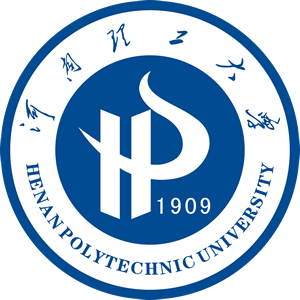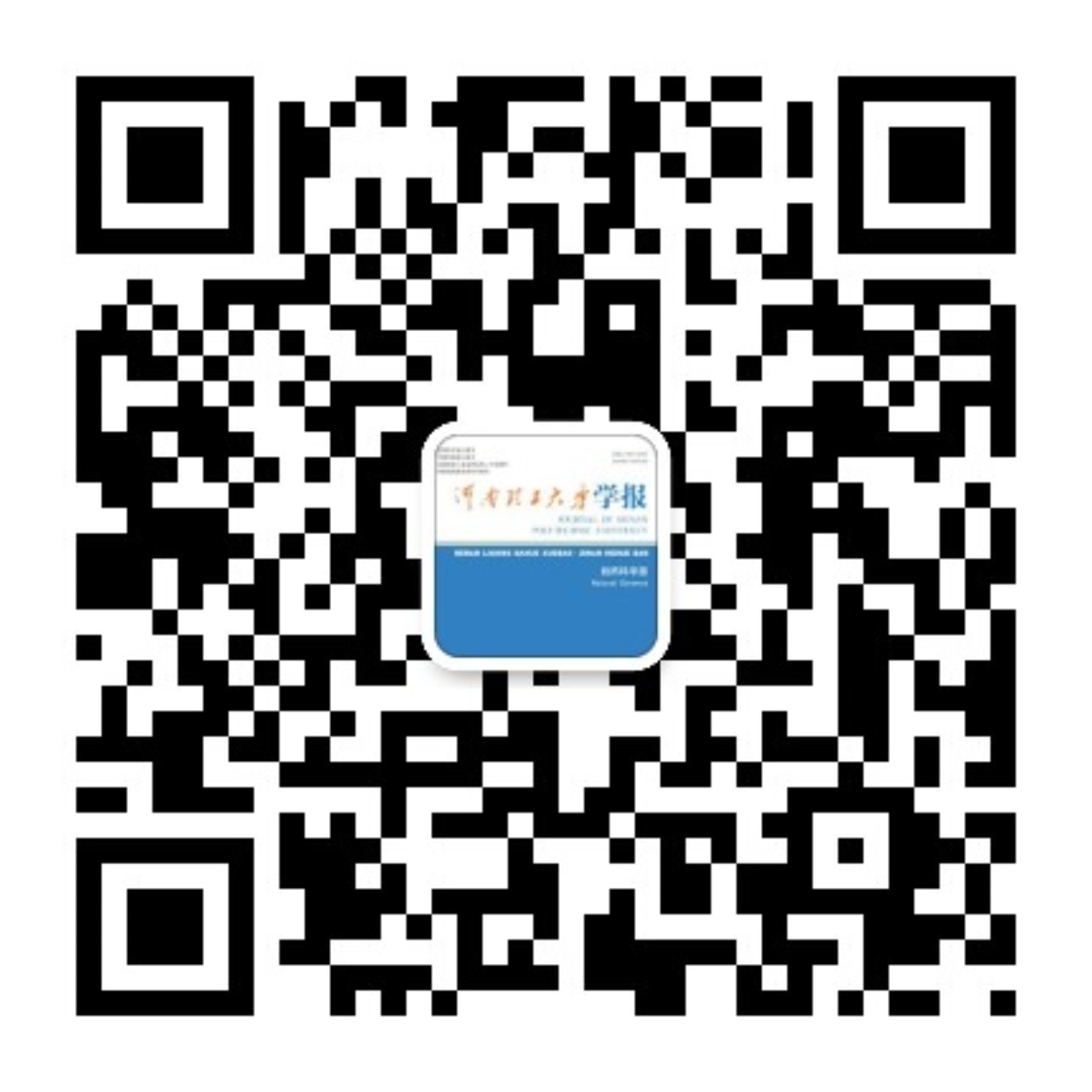
地址: 河南省焦作市高新区世纪路2001号[454000] Tel: 0391-3987068 E-mail: zkxb@hpu.edu.cn,skxb@hpu.edu.cn |

请您访问
|

自然科学版
|
| 供稿: 贺子骁,胡志刚,岳洋 | 时间: 2024-03-25 | 次数: |
贺子骁,胡志刚,岳洋.人工肌肉驱动的腰部助力器设计与仿真研究[J].河南理工大学学报(自然科学版),2024,43(2):111-120.
HE Z X,HU Z G,YUE Y.Design and simulation of waist booster driven by artificial muscle[J].Journal of Henan Polytechnic University(Natural Science),2024,43(2):111-120.
人工肌肉驱动的腰部助力器设计与仿真研究
贺子骁1,2,胡志刚2,3,岳洋4
1.河南科技大学 机电工程学院,河南 洛阳 471003;2.河南省智能康复医疗机器人工程研究中心,河南 洛阳 471003;3.河南科技大学 医学技术与工程学院,河南 洛阳 471003;4.西安交通大学 机械工程学院,陕西 西安 710049
摘要: 目的 为了帮助腰椎疾患、腰肌劳损、弯腰作业者,方法 提出一种由McKibben型气动人工肌肉实现轻量化、柔性助力、穿戴舒适的腰部助力器,分析穿戴与未穿戴腰部助力器搬举重物时腰部主要肌群的肌肉力变化,验证腰部助力器的有效性。通过三维动作捕捉系统和三维测力系统采集受试者在搬举过程中的运动学和动力学数据,导入腰部助力器三维模型作为驱动数据,建立人体腰部骨骼肌肉生物力学模型,利用Hill型三元素肌肉模拟McKibben型气动人工肌肉,搭建人机交互模型并进行仿真分析。通过测量重物搬举过程中腰部主要肌群的肌电信号变化,对比肌电信号曲线与肌肉力曲线趋势,验证仿真分析结果的有效性。结果 实验结果表明,穿戴腰部助力器运动时主要参与作用的为竖脊肌、多裂肌和腰方肌,其中竖脊肌助力效果最为显著,助力效果达到43%。结论 通过进行人机交互模型的生物力学仿真,验证了搬举重物时腰部助力器的有效性,该助力器可为护理人员和物料搬运工作者提供助力。
关键词:腰部助力器;气动人工肌肉;AnyBody;人机交互;肌电信号
doi:10.16186/j.cnki.1673-9787.2022010080
基金项目:国家自然科学基金资助项目(52175029)
收稿日期: 2023/01/27
修回日期: 2023/05/20
出版日期:2024/03/25
Design and simulation of waist booster driven by artificial muscle
HE Zixiao1,2,HU Zhigang2,3,YUE Yang4
1.School of Mechatronics Engineering,Henan University of Science and Technology,Luoyang 471003,Henan,China;2.Intelligent Rehabilitation Medical Robot Engineering Research Center in Henan,Luoyang 471003,Henan,China;3.College of Medical Technology and Engineering,Henan University of Science and Technology,Luoyang 471003,Henan,China;4.School of Mechanical Engineering,Xi’an Jiaotong University,Xi’an 710049,Shaanxi,China
Abstract: Objectives Based on providing assistance for patients with lumbar spine diseases,lumbar muscle strain, and for bending operators,a lightweight,flexible assistance, and comfortable wearing waist booster using McKibben pneumatic muscles was proposed.The muscle force changes of the main muscle groups of the waist when lifting heavy objects with and without the waist booster were analyzed to verify the effectiveness of the waist booster. Methods The 3D motion capture system and 3D force measuring system were used,and the kinematics data and sport dynamics data were obtained from the experimenters during lifting and moving.The 3D model of the waist strengthener was recognized as driving data,so as to build the bio-mechanical model of the waist skeletal muscle system of the body.The Hill’s three factors muscle model was used to simulate the McKibben pneumatic artificial muscle.The human-computer interaction model was built for the simulation analysis.By measuring the changes in electromyographic signals of the main muscle groups in the waist during heavy lifting,comparing the electromyographic signal curve with the muscle force curve trend,the effectiveness of the simulation analysis results were verified. Results Comparing the changes in muscle strength of the main muscle groups in the waist when lifting a 30 kg weight with and without wearing a waist booster,it was found that the main participating muscles during waist booster exercise were the erector spinae,multifidus, and quadratus lumbosus.Among them,the erector spinae had the most significant assistance effect,with a assistance effect of 43%. Conclusions By conducting biomechanical simulations of human-computer interaction models verified the effectiveness of waist booster when lifting heavy objects.The booster can provide assistance for nursing staff and material handling workers.
Key words:waist booster;pneumatic artificial muscle;AnyBody;human-computer interaction;electromyographic signal